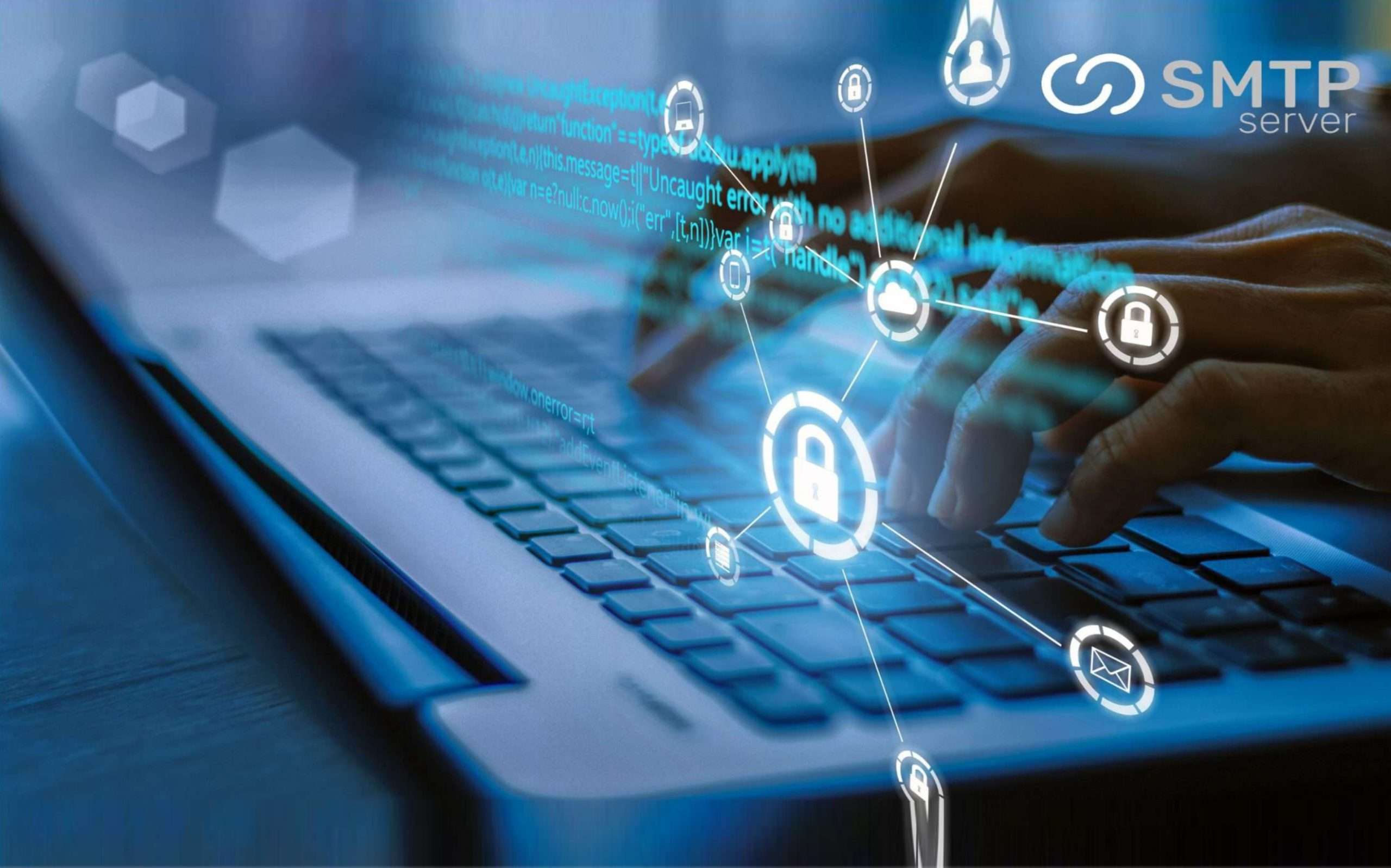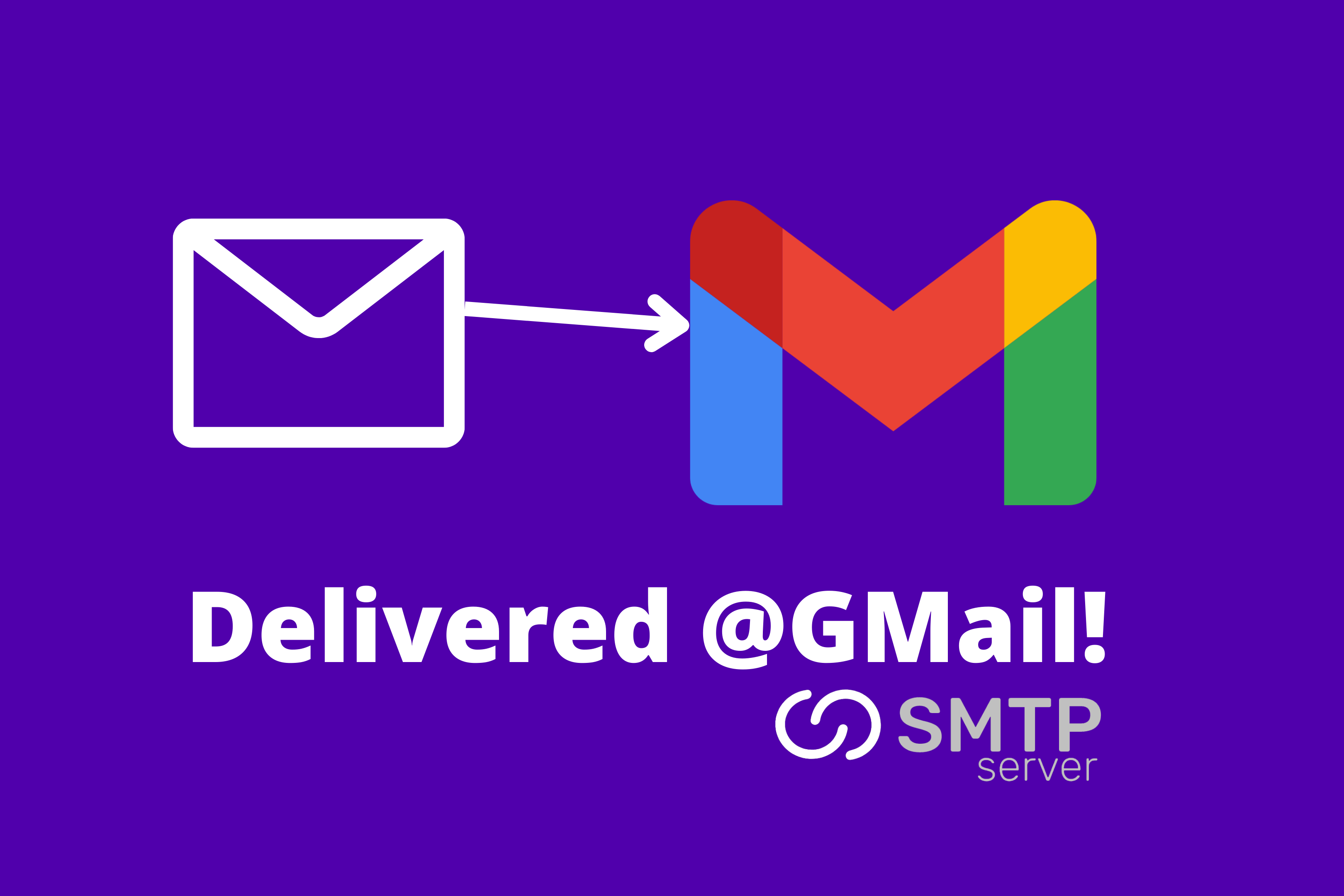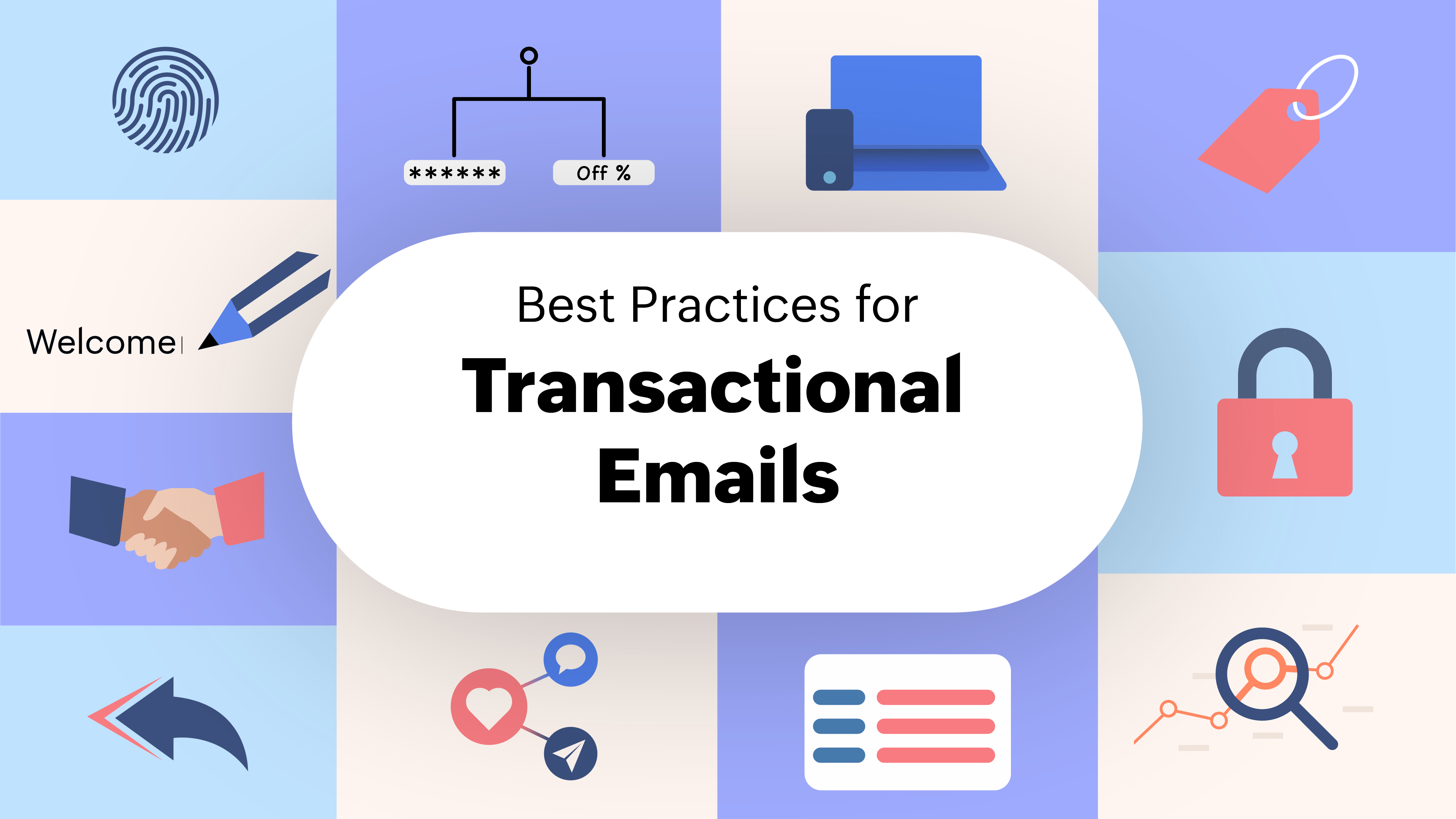701,681 total views, 62 views today
In today’s digital age, ensuring the security of our online communications is of paramount importance. Email has become a critical communication channel for businesses and individuals alike. However, with the rise of cyber threats, it’s crucial to implement robust security measures to protect sensitive information and maintain trust. This is where DMARC (Domain-based Message Authentication, Reporting, and Conformance) Quarantine Policy comes into play. In this comprehensive guide, we will delve into the intricacies of DMARC Quarantine Policy, its benefits, and how to implement it to bolster your email security posture effectively.
Table of Contents
- Introduction to DMARC Quarantine Policy
- The Significance of DMARC in Email Security
- How DMARC Quarantine Policy Works
- Benefits of Enforcing DMARC Quarantine Policy
- Implementing DMARC Quarantine Policy: Step-by-Step Guide
- Best Practices for Maximizing the Effectiveness of DMARC Quarantine Policy
- Real-world Examples of DMARC Success Stories
- Conclusion
1. Introduction to DMARC Quarantine Policy
DMARC Quarantine Policy is a powerful tool designed to combat email spoofing, phishing, and other malicious activities that can compromise the integrity of your email communications. It empowers domain owners to take proactive measures to protect their brand reputation and enhance the security of email correspondence.
2. The Significance of DMARC in Email Security
Email-based attacks, such as phishing and domain spoofing, have become increasingly sophisticated, making it challenging to differentiate between legitimate and malicious emails. DMARC serves as a critical layer of defense by allowing domain owners to specify how receiving email servers should handle unauthenticated emails. By enforcing DMARC policies, organizations can prevent unauthorized use of their domain, safeguarding recipients from falling victim to cyber threats.
3. How DMARC Quarantine Policy Works
DMARC Quarantine Policy operates on the principle of authentication and reporting. When an email is sent, the recipient’s email server checks for DMARC records in the DNS of the sender’s domain. These records define the actions the recipient’s server should take if the email fails authentication. In the case of the Quarantine Policy, if an email fails authentication, it can be sent to a quarantine area rather than the recipient’s inbox, allowing users to review potentially suspicious emails before taking further action.
4. Benefits of Enforcing DMARC Quarantine Policy
Enforcing DMARC Quarantine Policy offers a multitude of benefits:
- Mitigates Phishing Attacks: By deterring unauthorized senders and preventing fraudulent emails from reaching recipients, DMARC significantly reduces the risk of phishing attacks.
- Enhances Brand Reputation: Protecting your domain from misuse not only safeguards your recipients but also preserves your brand’s integrity and credibility.
- Reduces Email Fraud: DMARC minimizes the likelihood of email fraud by ensuring that only legitimate senders can use your domain for communication.
Also Read: Why SMTP Server Connection Test Is Important: A Guide to Performing and Leveraging SMTPServer’s Testing Tool
5. Implementing DMARC Quarantine Policy: Step-by-Step Guide
Follow these steps to implement DMARC Quarantine Policy effectively:
- Assessment: Begin by assessing your current email authentication setup and identifying potential vulnerabilities.
- Create DMARC Record: Configure a DMARC record in your DNS, specifying the Quarantine Policy as the desired action for unauthenticated emails.
- Monitor Reports: Regularly analyze DMARC reports to gain insights into email authentication failures and unauthorized senders.
- Gradual Enforcement: Start with a “none” policy, observe the reports, and gradually move towards implementing the Quarantine Policy.
6. Best Practices for Maximizing the Effectiveness of DMARC Quarantine Policy
To optimize the benefits of DMARC Quarantine Policy, consider the following best practices:
- Frequent Monitoring: Regularly review DMARC reports to stay informed about authentication issues and potential threats.
- Policy Tuning: Fine-tune your DMARC policy based on reports to strike a balance between security and legitimate email flow.
- Collaboration: Collaborate with third-party email senders to ensure proper email authentication alignment.
7. Real-world Examples of DMARC Success Stories
Example: Financial Institution X
Financial Institution X witnessed a significant decrease in phishing incidents after implementing DMARC Quarantine Policy. By effectively blocking unauthorized emails, they protected their customers from potential fraud and maintained their reputation as a secure financial entity.
8. Conclusion
In a digital landscape fraught with email-based threats, DMARC Quarantine Policy emerges as a beacon of security, empowering organizations to take control of their email ecosystem. By enforcing this policy, businesses can bolster their email security, safeguard recipients, and fortify their brand reputation against the ever-evolving threat landscape.
As you embark on your journey to strengthen your email security strategy, implementing DMARC Quarantine Policy will undoubtedly play a pivotal role in fortifying your defenses and ensuring the confidentiality and authenticity of your email communications.
Remember, the digital realm is ever-changing, and staying ahead of cyber threats requires proactive measures. Implement DMARC Quarantine Policy today and take a significant stride toward a more secure email ecosystem.





